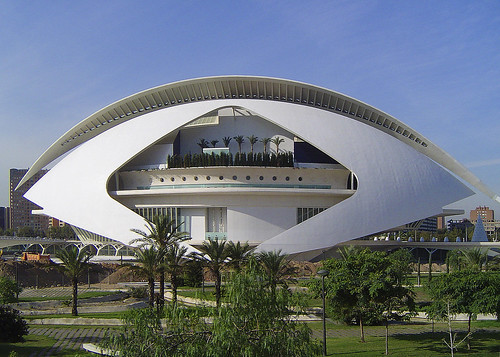
ESPAÑOL
Cliente: Autoridades Locales
Arquitecto: Santiago Calatrava
Uso: Ópera de Valencia
Superficie: 37.000 m²
El encargo del Palacio de las Artes Reina Sofía a Santiago Calatrava vino motivado por el cambio de Gobierno de la ciudad de Valencia, ya que en un principio se había previsto una Torre de Comunicaciones que se hubiese convertido en el elemento arquitectónico más alto y visible de la Ciudad de las Artes y las Ciencias de Valencia. Debido a este cambio, La Generalitat Valenciana prefirió más tarde encargarle al arquitecto un Auditorio. El enorme edificio, que teniendo en cuenta su curvatura en planta tiene unas medidas de 163 metros de longitud x 87 metros de ancho, es sin duda la obra más difícil realizada hasta el momento por Santiago Calatrava. El edificio está inspirado en la figura de una enorme ballena que sale a flote para respirar. Unas paredes laterales de hormigón revestidas de 20.000 m² de trencadís, contienen tras ellas varias escalinatas de acceso a las diferentes terrazas del edificio. El Palacio de las Artes Reina Sofía se erige espléndido en el lado más al norte de la Ciudad de las Artes y las Ciencias de Valencia, en el antiguo cauce del río Turia y muy próximo al Puente de Monteolivete, el cual adaptó Calatrava, ya que figuraba en el mapa incluso antes de proyectarse este enorme complejo cultural.
La majestuosa obra, de 70 metros de altura en su punto más alto, dispone de cuatro salas importantes; una Sala Principal, un Auditorio, el Aula magistral y un Teatro anexo. La Sala Principal tiene una capacidad para 1.700 espectadores y cuenta además con el segundo foso de coros más grande del mundo. La bella Sala, que se ubica en la parte media sur-este del edificio, se compone de un patio y cuatro niveles de palcos. El Auditorio, que tiene una capacidad para 1.500 espectadores, se sitúa en el nivel superior del lado sur. La cúpula de coronación, con forma de hoja de la naturaleza y que hace de cubierta para la sala situada en el nivel superior, recorre la totalidad del edificio de un lado al otro en una longitud de 230 metros. La estructura de sustento del edificio lo conforman nada menos que 77.000 m³ de hormigón y 30 toneladas de acero estructural, 20 corrugados. Sin lugar a dudas, esta obra construida para el proyecto tan importante de la Ciudad de Las Artes y las Ciencias, es la obra más compleja realizada por Santiago Calatrava. Tanto la anatomía humana como las formas orgánicas de la propia naturaleza, son la inspiración con la que el arquitecto sigue adelante en su búsqueda para con el arte abstracto.
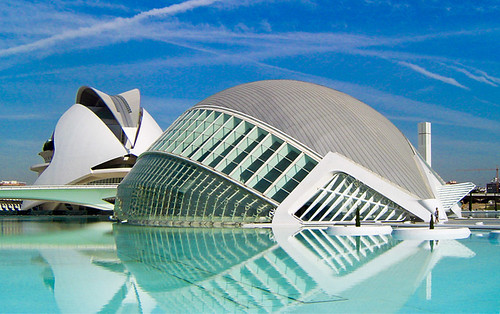
ENGLISH
Client: Local Authorities
Architect: Santiago Calatrava
Use: Opera Valencia
Area: 37,000 m²
The Palacio de las Artes Reina Sofía was motivated by the change of government in the city of Valencia, as initially planned a communications tower that would become the highest architectural element and visible from the City of Arts and Sciences in Valencia. Because of this change, the Generalitat Valenciana preferred later commissioned Santiago Calatrava Auditorium. The huge building, taking into account the curvature in plan has measures 163 meters long x 87 meters wide, is undoubtedly the most difficult work done so far by Santiago Calatrava. The building is inspired by the figure of a huge whale that comes out of breath. Side concrete walls covered with 20,000 m² trencadís contain several steps behind them access to different building terraces. El Palacio de las Artes Reina Sofía splendid stands on the side north of the City of Arts and Sciences in Valencia, in the old bed of the Turia River and close to Monteolivete Bridge, which Calatrava adapted as contained in the map projected even before this massive cultural complex.

The majestic piece, 70 feet high in its highest point, has four major rooms, a main hall, an auditorium, the classroom lecture and a theater annex. The Main Hall has capacity for 1,700 spectators and also has the second pit the world's largest choirs. The beautiful room, located on the south-eastern half of the building, consists of a courtyard and four levels of boxes. The auditorium, which has a capacity for 1,500 spectators, is located on the upper level on the south side. The crowning dome-shaped sheet of nature and makes room deck located on the upper level and run through the entire building from one side to another in a length of 230 meters. The support structure of the building is made up of no less than 77 000 m³ of concrete and 30 tons of structural steel, 20 corrugated. Undoubtedly, this work built for the important project of the City of Arts and Sciences, is the most complex undertaken by Santiago Calatrava. Both the human anatomy as the organic forms of nature are the inspiration with which the architect continues in his search for the abstract art.
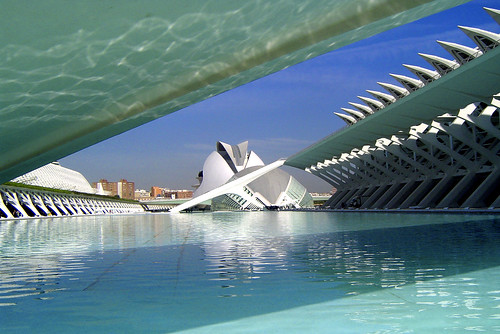
"Images Valencia Opera House"
Copyright © José Miguel Hernández Hernández
All the images of Valencia Opera House here: Set Flickr
"Text" Copyright © José Miguel Hernández Hernández
Editor, Escritor y Fotógrafo de Arquitectura /
Publisher, Writer and Architectural Photographer
Todos los derechos reservados / All rights reserved
http://www.jmhdezhdez.com/
References / Referencias
Santiago Calatrava-Turning Torso
Bellisco Ediciones, Madrid, 2008
by José Miguel Hernández Hernández
Español - English
+info
Related articles / Artículos relacionados
HSB Turning Torso
Malmo, Sweden
Puente del Alamillo
Sevilla, Andalucía, Spain
Aeropuerto de Sondica
Bilbao, Spain
Auditorio de Tenerife
Santa Cruz de Tenerife,
Islas Canarias, Spain
CAC Valencia
Ciudad de las Artes y
las Ciencias, Valencia, Spain
MUY IMPORTANTE!!! VERY IMPORTANT!!!
Deja tu comentario sobre este reportaje al pie de este post donde dice "Publicar un comentario en la entrada"; me será de gran valor para seguir mejorando este sitio web y te contestaré con la mayor brevedad posible... Muchas gracias!
No obstante, si te ha resultado interesante este reportaje y también el Blog en general, por favor, no dudes en hacerte Fan de la página de Fans del Blog de José Miguel Hernández Hernández en Facebook aquí
Nota importante: Una vez que hayas entrado en la página de Fans del Blog en Facebook, con sólo hacer click en el botón de "Me gusta", a partir de ese momento estarás al tanto de todos los nuevos reportajes interesantes relacionados con la Arquitectura y la Ingeniería que aquí se vayan publicando para no perder ningún detalle...
También puedes suscribirte por e-mail (te llegaría un e-mail con el enlace de cada artículo en el mismo momento en que sea publicado), o bien también puedes seguir el Blog a través de Twitter aquí
Nos vemos en el Blog!
Leave a comment on this story at the bottom of this post where it says "Post a comment in the entry", I will prove invaluable to further improve this website and I will answer as soon as possible .. . Thank you very much!
However, if you this story was interesting and the blog in general, please do not hesitate to make Fan Fans of the Blog page José Miguel Hernández Hernández on Facebook here
Very important: Once you enter the page Blog fan of Facebook, simply click on the button Like "From that moment you are aware of all new interesting stories related to the Architecture and Engineering are published here to avoid losing any detail ...
Can also subscribe by e-mail (I would e-mail with a link to each item in the same time it is published), or you can follow through Blog Twitter here
See you at the Blog!
HOME GEOGRAPHY ARCHITECTURE ENGINEERING SKYSCRAPERS
BRIDGES BUILDINGS TOWERS PUBLICATIONS ABOUT ME CONTACT
Copyright © José Miguel Hernández Hernández
Editor, Escritor y Fotógrafo de Arquitectura /
Publisher, Writer and Architectural Photographer
http://www.jmhdezhdez.com/
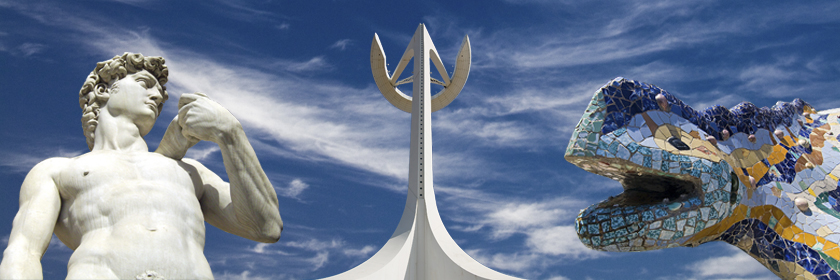

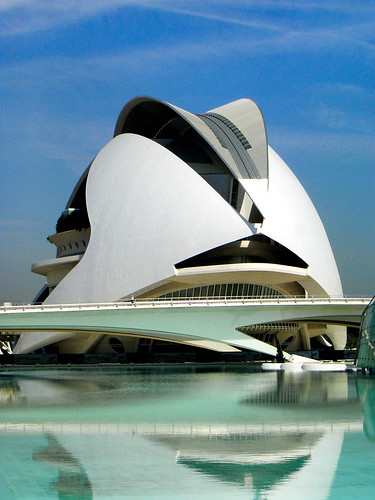
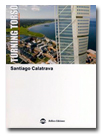



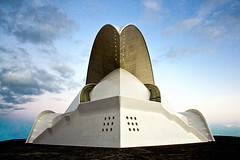



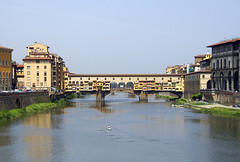




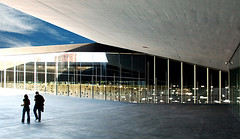



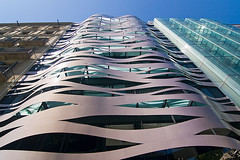




No hay comentarios:
Publicar un comentario